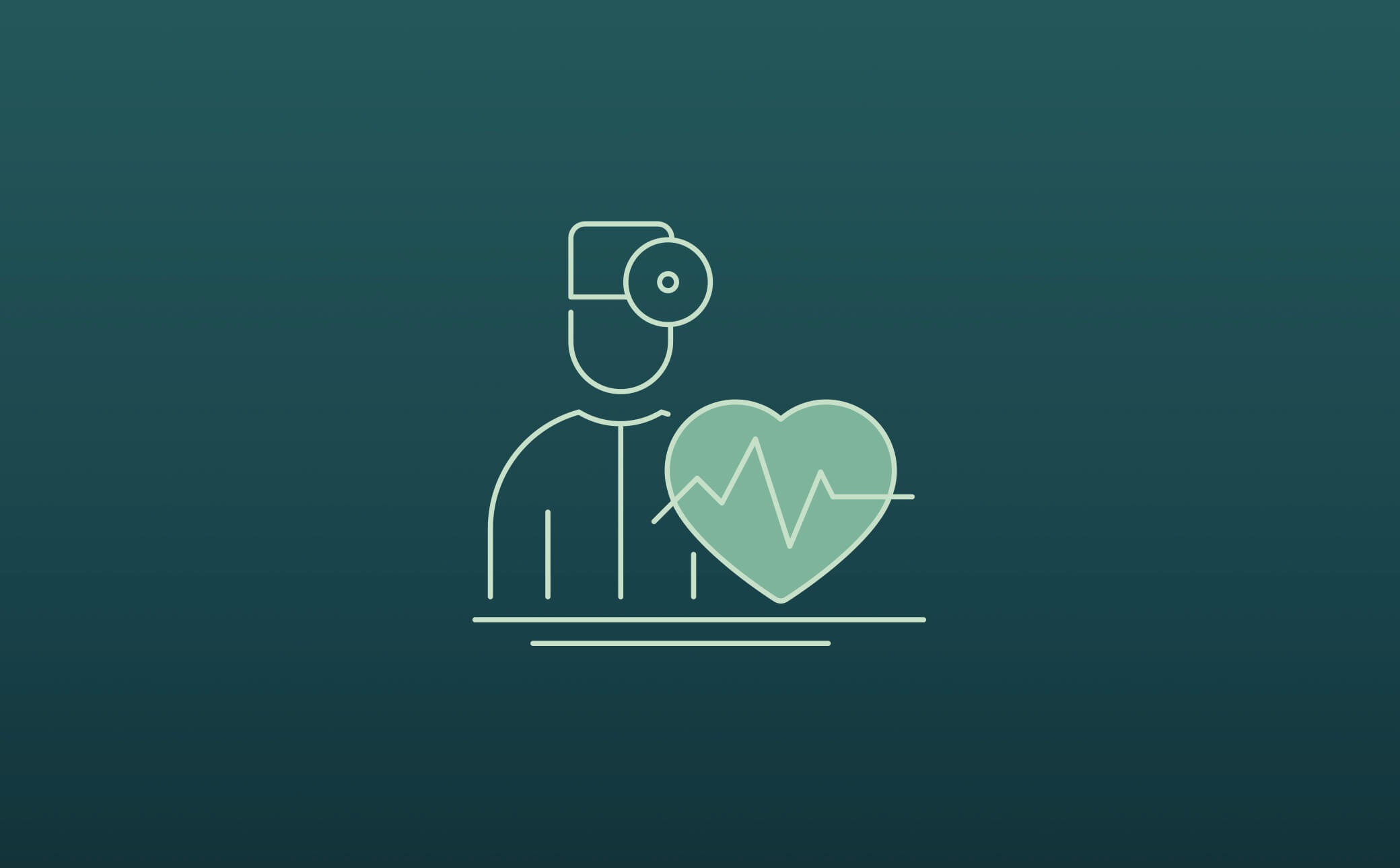Avoiding Liability Bulletin – March 15, 2016
As I have written several times in this Bulletin, as a Certified Nursing Assistant (CNA), you are priceless in the contributions you make to patient care. One of those contributions is your observation skills. This skill is essential for you, the RN, and other nursing staff with whom you work in order to provide quality patient care.
Observations are objective and subjective. They are not judgments, as Patti points out in her article, Observation Skills for CNAs, that appears on the Nursing Assistants .net website.1
A judgment is an opinion, a belief, or a thought or feeling owned by the observer when seeing something.2 As an example, if you observe one of your fellow CNA staff members running down the hallway, you may decide she is running because she is late for work, and share that with the RN with whom you work. You have just shared your judgment with your co-worker.
In contrast, if you simply tell the RN you saw the CNA running down the hallway, you have shared an objective observation.
Objective observations you use on a regular basis include vital signs, a patient crying, and blood oozing from a patient’s wound. According to Patti’s article, how you objectively observe is through your eyes, your hands, your ears, and your nose.1
In relation to patient care, subjective observations come from the patient. Comments such as “I am sad” or “I have pain in my right hip” are examples of those subjective observations you may hear from patients.
Sometimes, the distinctions between the types of observations are not always clear. In a study done in 20043, 11 certified nursing assistants used patient facial and eye cues to detect pain and pain relief in their cognitively impaired patients. In addition, during the provision of patient care, the CNAs in the study were able to share their observed prevalence of pain with the same patients and develop specific pain management strategies for their residents.
The CNAs observations were based on their knowledge of the patients—most probably objective knowledge–and the subjective expressions of the patients despite their inability to voice their pain.
Regardless of the type of observation you use as a CNA, it is essential that you share them with the RN with whom you work and others on your team accurately, completely, and in a timely manner.
In addition to verbally sharing your observations with your nursing team, if your job grants you the authority to document those observations, you must do so, and do so accurately, completely and in a timely manner.
The study supports the conclusion that your contribution of improving a resident’s pain management plan based on your observation skills and your knowledge of your patients is a both a legal and ethical mandate.
FOOTNOTES
1. Patti (2012). Observation Skills For CNAs, 1-6.
2. Merriam-Webster’s Collegiate Dictionary. 11th Edition. Merriam-Webster, 2014, 677.
3. Janet Mentes, Julie Teer and Mary Cadogan (2004), “The Pain Experience of Cognitively Impaired Nursing Homes Residents: Perceptions of Family Members and Certified Nursing Assistants”, 5(3) Pain Management Nursing, 118-125.
THIS BULLETIN IS FOR EDUCATIONAL PURPOSES ONLY AND IS NOT TO BE TAKEN AS SPECIFIC LEGAL OR ANY OTHER ADVICE BY THE READER. IF LEGAL OR OTHER ADVICE IS NEEDED, THE READER IS ENCOURAGED TO SEEK ADVICE FROM A COMPETENT PROFESSIONAL.





